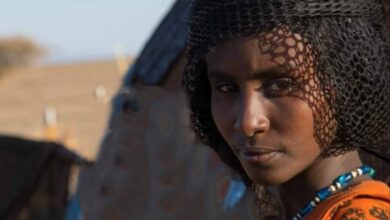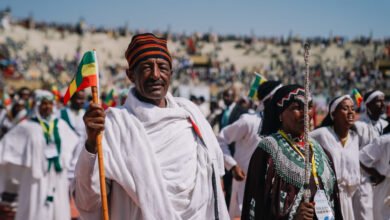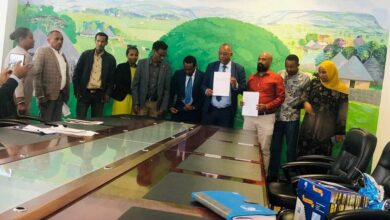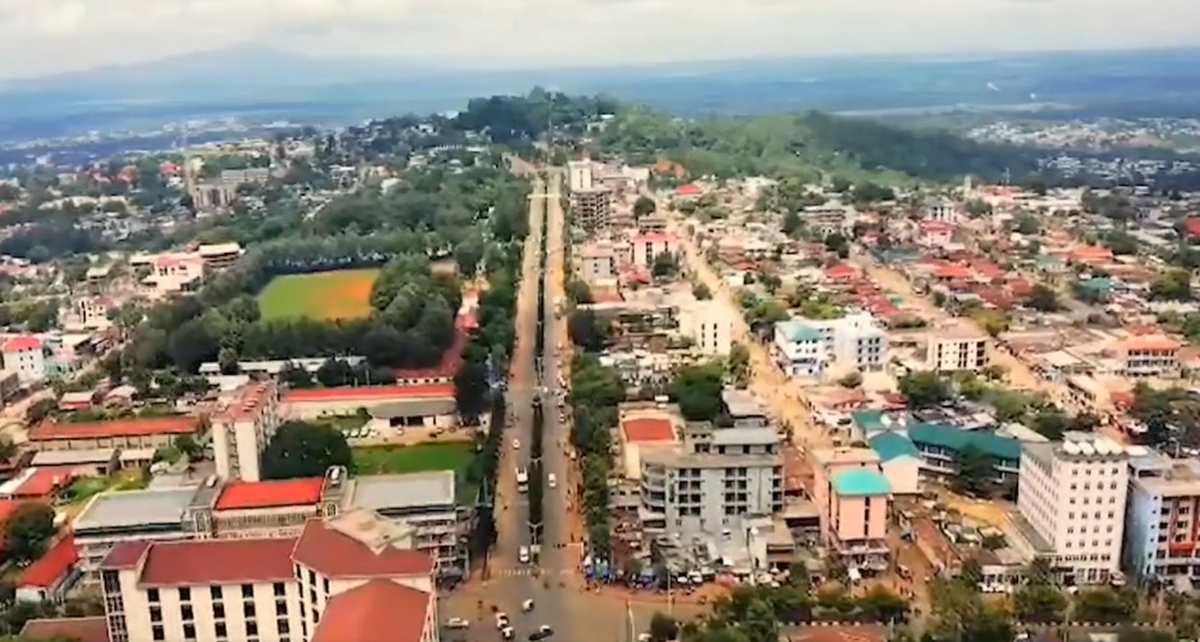The Interview: Researching the “Gadaa System and the Role of Women” in ensuring the protection of women’s rights
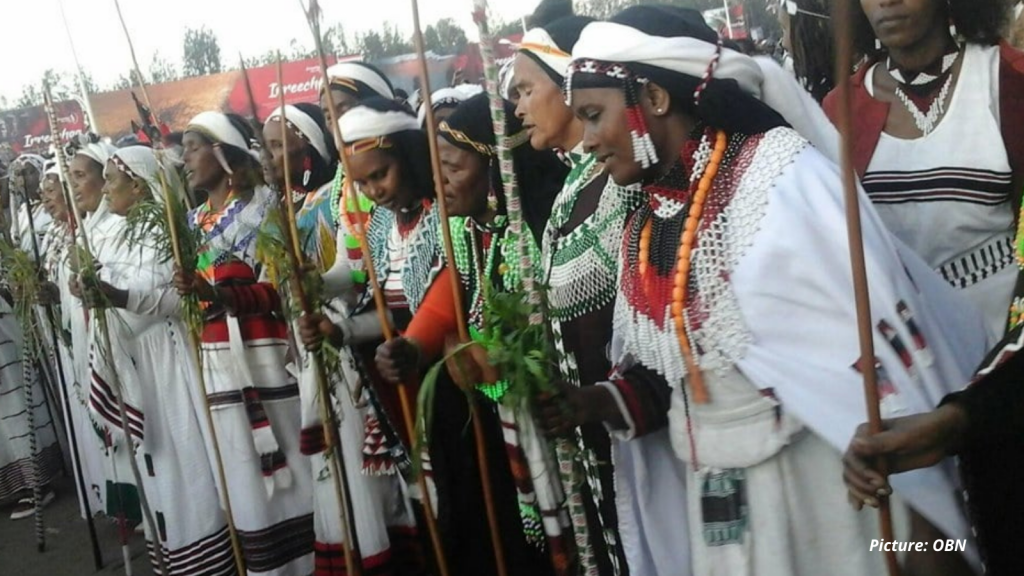
The Center for Advancement of Rights and Democratic (CARD) published a study titled (GADAA SYSTEM AND WOMEN’S RIGHTS: The Role of Oromoo Women’s Customary Institutions in Ensuring The Protection of Rights of Women). The study was conducted by Muluken Kassahun, an Assistant Professor of Law at Mettu University. Muluken did his LLB in Laws at Jimma University, LLM in Comparative Public Law and Good Governance (ECSU), and is a Ph.D. student in Human Rights at Addis Abeba University. He is certified for Competency for Judgeship & Public Prosecutor position by Oromia Justice Sector Professionals Training and Research Institute, 2011. Muluken has served as a public prosecutor in Oromia Regional State from June 2010 through September 2016. Then, he joined Mettu University as a lecturer in 2016, became Vice Dean in 2017 and Dean of School of Law of the University in 2019. Addis Standard’s Etenesh Abera @EteneshAb sat down with him to discuss his recent study and more.
Excerpts:
Addis Standard: What made you select the title for your research?
Muluken Kassahun: The selection started from the framework of the study. There were thematic areas of studies in which the Center for Advancement of Rights and Democratic (CARD) announced for the research fellowship. From the criteria indigenous knowledge and women’s rights issues were among the thematic areas. So my original title was Atette and Sinqee.:The role of Atette and Sinqee for women’s rights. My focus was on the rights of women inside the indigenous Gadaa System. Which was not researched well as the Gadaa system itself. Even in the public most of the time we see Abba Gadaas more, the role of the women and their rights was unknown. In the Gadaa system the age category goes from eight to one hundred twelve and up to eighty for those who were serving. This category is for the men’s from this we have to studied the role of the women. There are some places in which Sinqee system is very actively practiced on women’s right apparently from Gadaa System. So I selected this title to study more. Sinqee is well known in the southern parts of Oromia in Borena, Bale and Arsii whereas Attete was known around Showaa and Western Oromia with a little different concept. Example in Arsii they are working on both spiritual and human rights issues while in the Western, they focus more on spiritual activities. After a while we observed from our investigation in different parts of the country such activities are undergoing with different names. In Wollo Oromo they named it Ruffo Mereba, they practiced it similarly with Sinqee while the name is different, I have to change the name. The other reason is the answer from the respondents. They reply to questions from Gadaa perspective as it was derived from the Gadaa system.
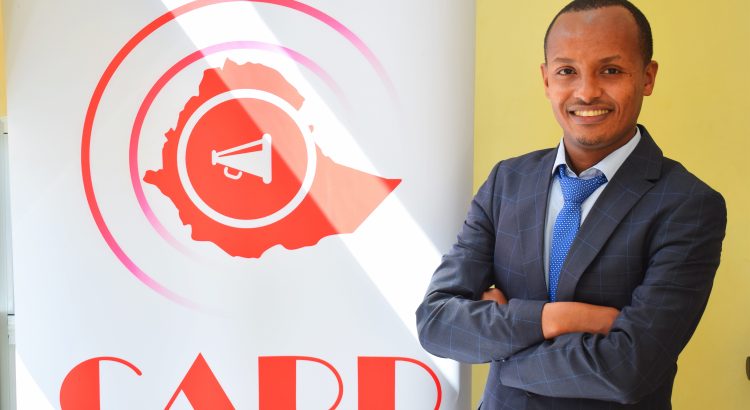
Muluken Kassahun, Assistant Professor of Law at Mettu University. Picture Credit: CARD
AS: How about the political participation of women in the Gadaa System? Has there been a woman named Abba Gada?
Muluken: About a female Abba Gadaa, I know there wasn’t one yet but in Jimma for example there was a lady called Mako. She was either an Abba Gadaa or their consultant or she was a Queen, which is still argued. For some she was assigned by the five Oromo tribes who settled around Jimma to be the administration head out of the Gedaa system. In their different institutions the participation of the other gender is very limited. Abba Gadaas have only a facilitation role in Sinqee and Attete institutions. So the separation of the power is not only by power and age category also includes the gender category.
AS: We do have different movements currently working on gender equality and women’s rights issues. Most of them are following a western ideology. Do you think they have to employ indigenous knowledge to practice women’s rights?
Muluken: Basically from the women’s right perspective Ethiopian Women’s Lawyers association, Setawit and Network of Ethiopian women are institution’s based on western framed ideologies. Their goals are to secure women rights but their standard is the international law and treaties signed by the country.
In principle most of the laws have similarities in regard to gender based violence and women’s rights even if they are practiced in different ways. They are working to avoid gender based violence and other harmful actions in society. In indigenous knowledge the approach is different. One of the parameters for the international law’s effectiveness is how it will be practiced from a local context. The contextualization was effective in some places while ignored by others. In general both the western and the indigenous knowledge have similar goals but in regard to women rights, the approach is different. Indigenous knowledge is more focused on win win solutions while the patriarch will be preserved. In each society there is pressure from men. In some areas there are points in which they are not going along with modern thought streams.
As an example the issue of virginity from the point of view of indigenous knowledge is accepted as a criteria for a marriage. Additionally in some contexts bigamy/polygamy and monogamy is accepted. The society will argue that the issue of shared home responsibility especially in case of possession of huge wealth and in case the first woman is not giving birth naturally the family will continue with the second wife. Such issues are not accepted in modern human rights and women rights perspectives so there are contradictions between the modern and indigenous knowledge. So to absorb indigenous knowledge the movements should be ahead in a few steps into the society and their culture. Which means from the formal to the cultural one.
Muluken Kassahun
”Women who possess the Sinqee call it ‘Godanssa Sinqee’ or Sinqee movement. When a woman is attacked she will shout for help, women will gather and demonstrate on behalf of her and themselves.
Women who possess the Sinqee call it ‘Godanssa Sinqee’ or Sinqee movement. When a woman is attacked she will shout for help, women will gather and demonstrate on behalf of her and themselves. After they start the demonstration they will not get back to home without finding a solution for her. This action forces men in the community to intervene and resolve the issue immediately. So the decision will be made on the spot. Either the assailant will apologize in public for all women demonstrators or he will compensate by slaughtering something for all. It is a common belief that the abuse of one woman is the abuse of all in the community. With modernization and organized religious pressures in some places such cultures are on their way to extinction.
AS: So what should be done for the preservation of these cultural practices for the coming generations? In the modern laws there is the practice of individual privacy. Because of such practices, getting help during violent episodes is almost impossible.
Muluken: The continuation of such institutions will depend on society. Even the government was working on eliminating the harmful cultural practices while neglecting to promote the valuable and useful cultural practices. We will only extradite harmful practices by empowering the beneficial ones. So such cultural practices can be promoted for tourism purposes.
Stakeholders should act together to institutionalize them legally. The judiciary system in some countries will be a best example. Giving them recognition will be one way of the continuation. Some practices should be included in the judiciary system by getting recognition. The others should be integrated with different institutions in a formal way in Ethiopia’s general context. As an example we have recognized religious courts in regional and federal levels based on the constitution. Likewise, inside the society there are customary courts and despite being officially unrecognized, they have been proved to be excellent conflict solving mechanisms. Great examples are Shemegelena (Amhara region), Jaresauma (Oromia region) and Yejoka (Gurage zone) while Sharia courts are an example for religious courts. Except for Sharia the others examples are not formally recognized. For instance if Sinqee is institutionalized formally it will be helpful to empower women and guarantee their rights. Since more than 80 percent of the population lives in rural areas of the country and have no access to formal courts, customary recognized courts will address many problems including women rights.
Media will play a very crucial role in empowering and promoting the continuation of beneficial cultural practices such as Sinqee. Also securing recognition by the United Nation Education Science and Culture Organization (UNESCO) is one way of promoting the culture but it is not the only solution.
AS: Your research paper is published in English is there any plan to publish in local languages? Especially in Afaan Oromoo and Amharic to make the paper accessible? What should be done to make other communities aware of this cultural practice ?
Muluken: We are almost finished with both the Afaan Oromoo and Amharic languages versions and are only left with the graphic design to publish the versions online. Further to promote the issue it will be a process. Since cultures are known as identity pride stakeholders must work together. The tourism industry must work tirelessly to create awareness. In addition, the Oromia education bureau added Gada as a subject to the educational curriculum as the Africa Union Agenda 2063 says by 2060 60 percent of primary education curriculum should be driven from indigenous knowledge. This is an opportunity to promote the culture.
AS: What is the role of women in creating peace beyond working on their rights? And what are the major challenges for cultural changes?
Muluken: I tried to observe the role of women in the creation of peace inside my research. Sinqee and other institutions like ‘ErfoMerba’ are not working only on women rights but they work beyond that for the community as a whole. For example if a son hits his father, the women will gather together and stand on behalf of the father. If there is a conflict in the society they will interfere and solve with there Sinqee or they will lead to the elders and Abba Gadas. Maybe conflicts occurring right now in the country would have been solved if we had a strong indigenous systems.
They are different factors which are hindering such practices. Religious pressures – in some places for example different religions influence the culture and treat indigenous knowledge in a negative light. There is also modernization, globalization and subsequent western cultural influences; those are also factors which challenge the indigenous practices and knowledge . Urbanization is also another factor which weakens the cultural practices.
“Inside Tourism offices, women and children affairs bureaus and attorney general bureaus we need to fix and legalize indigenous knowledge.”
Muluken Kassahun
In the case of the government they are working on eliminating harmful cultural practices rather than promoting beneficial ones. Inside Tourism offices, women and children affairs bureaus and attorney general bureaus we need to fix and legalize indigenous knowledge. During the data collection process, interviewers showed preference to indigenous knowledge and customary courts than the modern courts. The knowledge gap about the modern court system, traveling far to find such courts, and these courts believed to be dominated by men and corruption are the reasons to reject the model of modern courts.
AS: Tell us about the role of literature and art inside these cultural institutions?
Muluken: In the literature part I did not observe anything which influenced me in large. But there are beginnings to include indigenous knowledge in art and literature. Such things should be encouraged not only for the sake of entertainment but for the promotion of the culture. Oromia Broadcasting Corporation (OBN) and Oromia Broadcasting Service (OBS) are making different documentaries to promote the culture and a lot of research done by different researchers.
AS: Your final message
Muluken: There was a shortage of time to work more on theoretical and conceptual theories. On the ethnographic side I didn’t include some vocabulary that would have ensured depth and enlarged my scoop. We covered more than 50 areas and each one of them is capable of being a research topic by themselves. So my research will be a background for further study. We have to work more on the practicality of the research in consultation with the society and stakeholders. We don’t need to do research for the shelf .
_____________________________________//________________________________
Editor’s Note: Please Click here to read or to download the research report.


